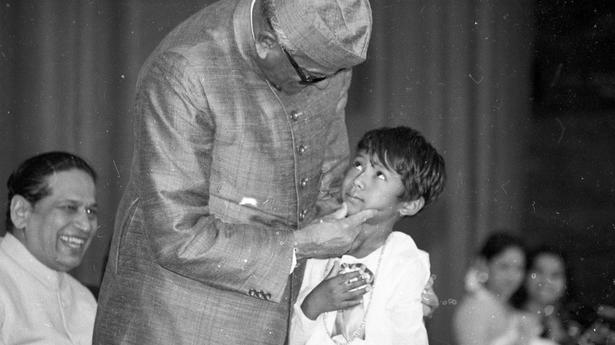
New book traces journey of Manipuri cinema
The Hindu
Work by Meghachandra Kongbam is an authoritative account
Nobody would imagine that Manipur, whose territory is much smaller than any district of Assam or U.P. and with a population of hardly 20 lakh in those days, brought laurels for the country at several national and international film events.
The first Manipuri feature film Matamgi Manipur directed by Debkumar Bose was released on April 9, 1972, and won the national award. This film won the President’s silver medal at the 20th National Film awards.
In 1982, Imagi Ningthem directed by A. Shyam Sharma won the Grand Prix award at the festival of three continents held in Nantes, France, to become the first Indian film to win the prestigious award. It was the only Indian film invited to the festival. Ishanou (The Chosen One) produced in 1990 and directed by Shyam Sharma was the only official selection for the Cannes Film Festival of 1991.
So far, 39 Manipuri feature films have won national awards, of which 18 are in the feature films category and 15 in the best regional film category. In the international award category, Shyam Sharma became the first Indian film maker to win the Grand Prix for Imagi Ninthem in 1982. Haobam Paban Kumar, a young film-maker, won the Golden Conch in 2016 for his film Phumsang. There has been a good representation of Manipuri films at other film festivals.
This and all other aspects of Manipuri films are graphically presented by Meghachandra Kongbam, in his just-released book titled Manipur Cinema during the festival of the golden jubilee of Manipuri films. Mr. Kongbam is a retired Director of Information and Public Relations, Government of Manipur.
During his tenure, Mr. Kongbam used to contribute thought-provoking articles on the generally bumpy road of Manipuri cinema’s 50 years of journey. He was the national awardee of the best film critic in 2015. Ratan Thiyam, theatre director of the international fame, on April 3 released the book, which is an authoritative account on Manipuri cinema. The 600-page book has five chapters focusing on various aspects of Manipuri cinema.











